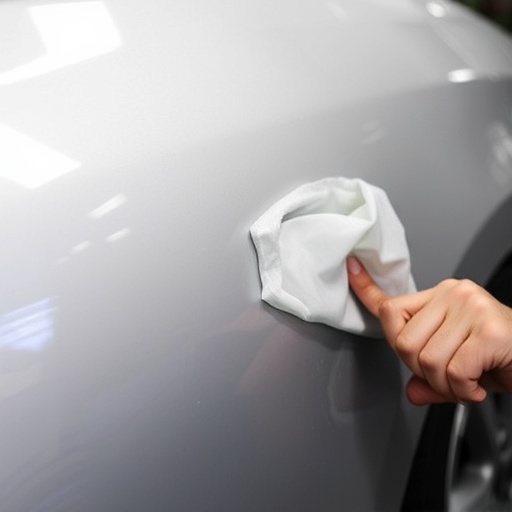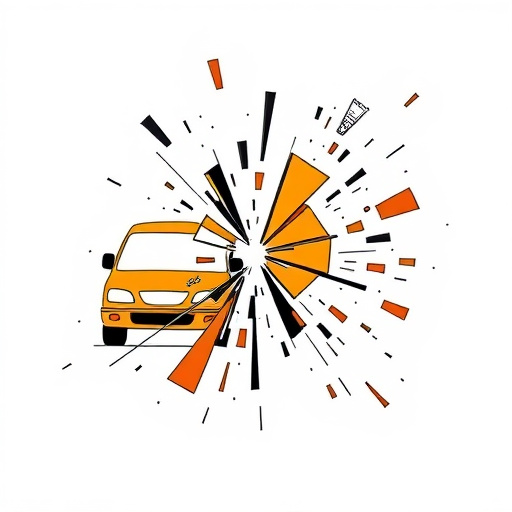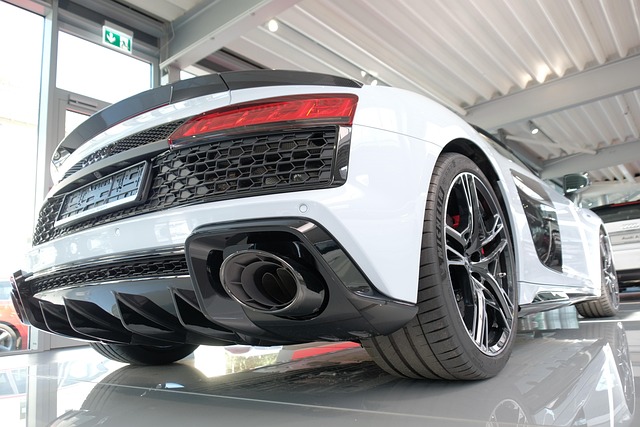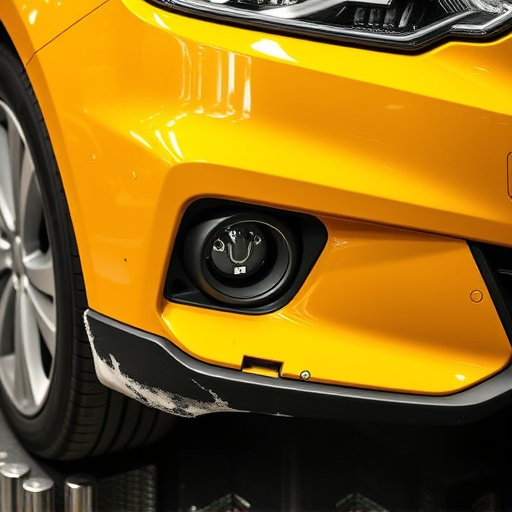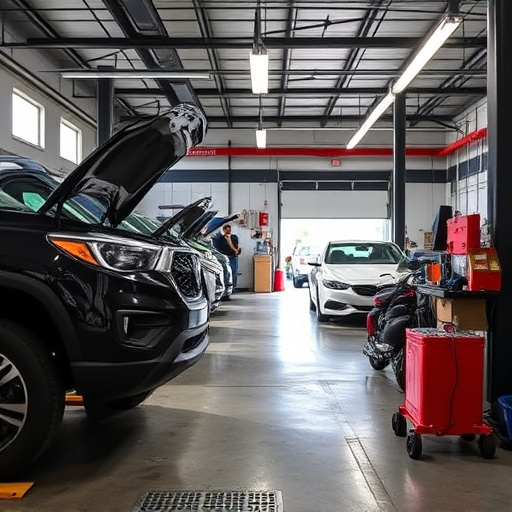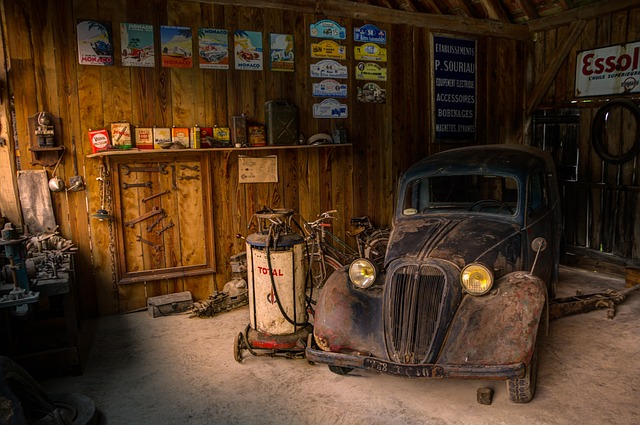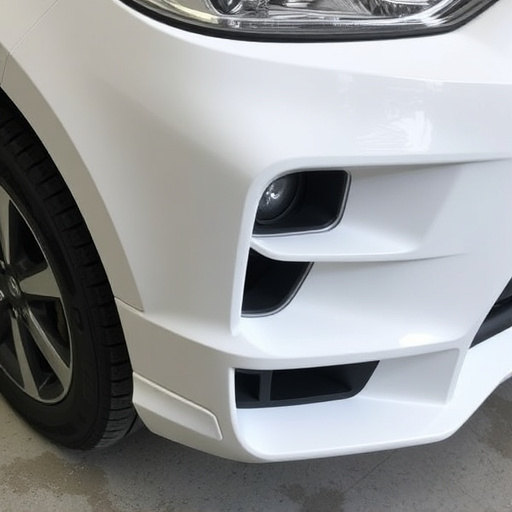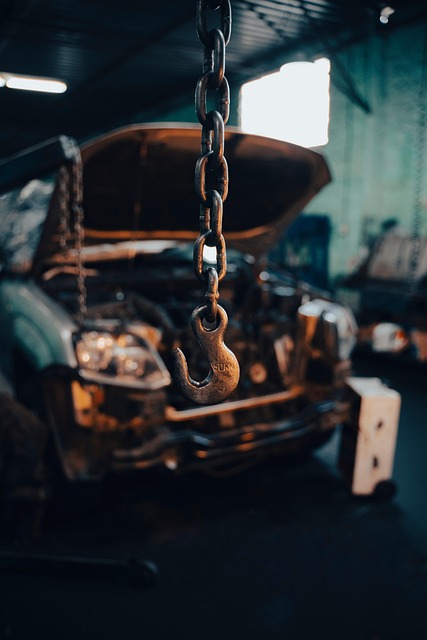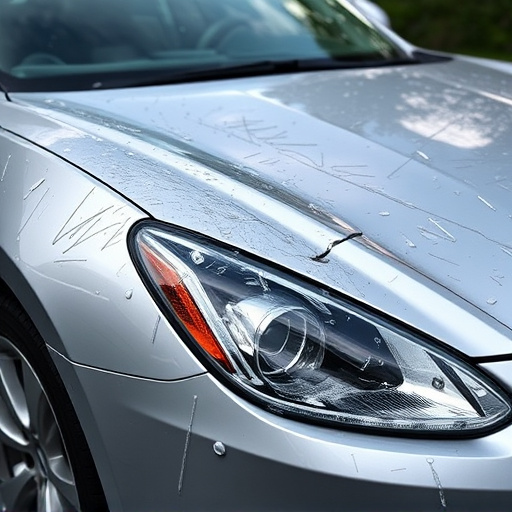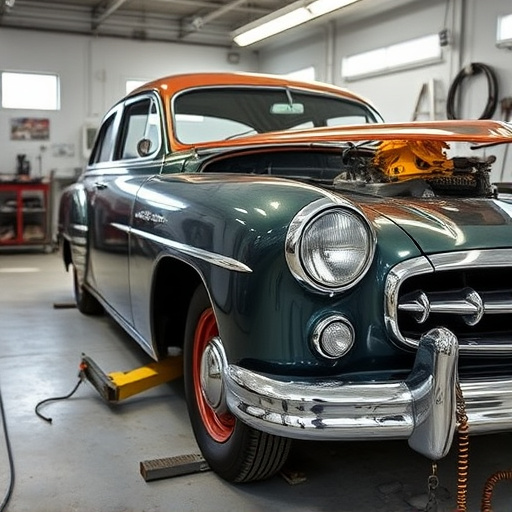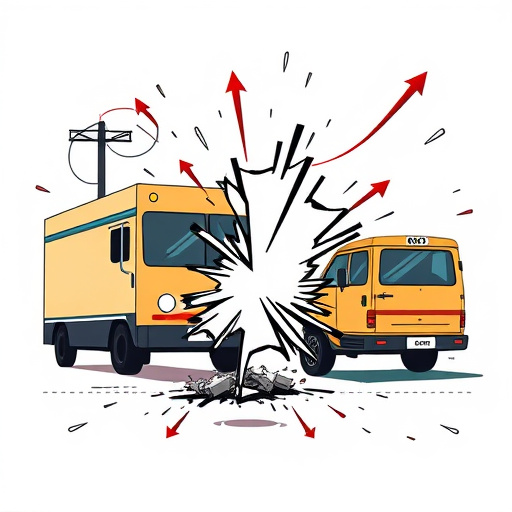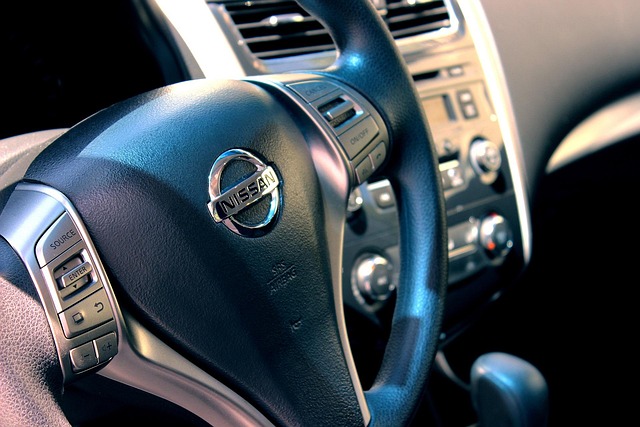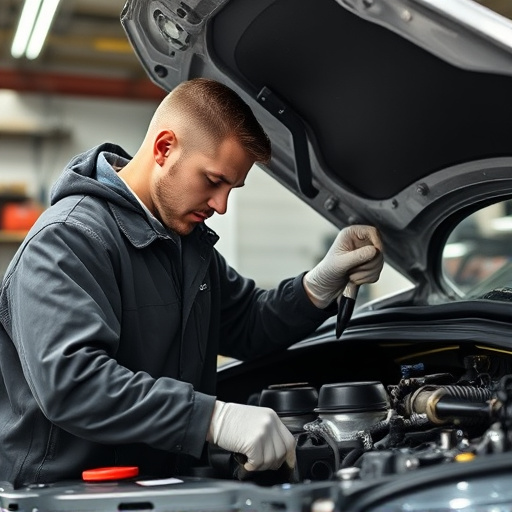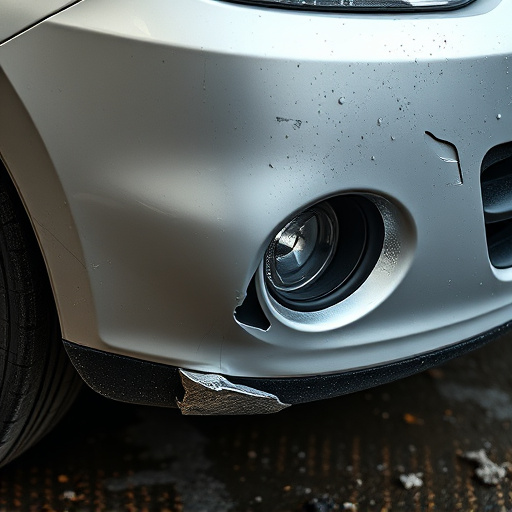The art of car collision repair has evolved from traditional craftsmanship to specialized practices driven by technological advancements. Historically, skilled artisans restored vehicles' beauty using metalwork, wood, and leather. Mass production techniques led to standardized, faster repairs, prompting the emergence of specialized collision repair shops. Today, advanced equipment like robotic welding machines and computer-aided design (CAD) software enable precise, efficient import car collision repair, restoring vehicles to pre-accident condition. The increasing importation of luxury vehicles with intricate designs and sophisticated electronic systems has made import car collision repair a specialized field, marking a significant shift in the industry's landscape.
“The landscape of automotive collision repair has undergone a remarkable metamorphosis, especially with the advent of import car collision repair. This game-changer introduced innovative techniques and technologies that transformed an industry once characterized by laborious, traditional methods. Today, precision and efficiency reign supreme, driven by advancements like computer-aided design (CAD) and robotic welding.
As we look ahead, customer expectations continue to shape the future of import car collision repair, demanding not just quality and speed but also sustainable, eco-friendly practices.”
- The Evolution of Car Collision Repair: A Historical Perspective
- – Exploring the early methods and challenges in car repair
- – The introduction of import car collision repair: a game-changer
The Evolution of Car Collision Repair: A Historical Perspective
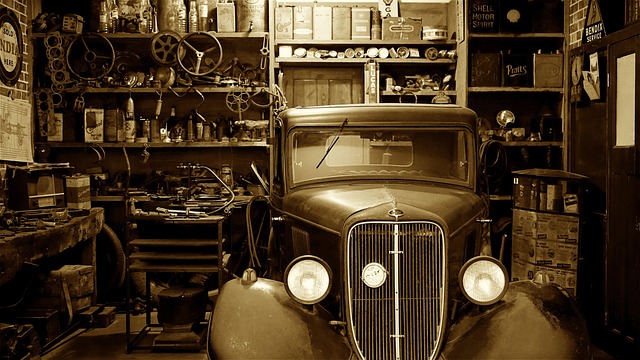
The art of car collision repair has undergone a remarkable transformation throughout history, evolving from basic, often rudimentary techniques to sophisticated and highly specialized practices. In the early days, following a collision, vehicles were largely repaired using traditional methods, with skilled artisans handcrafting replacements for damaged parts. This era was characterized by a deep understanding of metalwork, wood, and leather, as well as an innate sense of aesthetics, ensuring that repairs not only fixed but also restored the vehicle’s original beauty.
As the automotive industry grew, so did the need for more efficient collision repair methods. The introduction of mass production techniques in the early 20th century led to a demand for faster and more standardized repair processes. This period saw the emergence of specialized collision repair shops, offering services that went beyond simple part replacements. With advancements in technology, modern collision centers now employ advanced equipment, such as robotic welding machines and computer-aided design software, to streamline the repair process. Today’s import car collision repair is a testament to the industry’s ability to adapt and innovate, ensuring that vehicles are restored to their pre-accident condition with precision and efficiency.
– Exploring the early methods and challenges in car repair
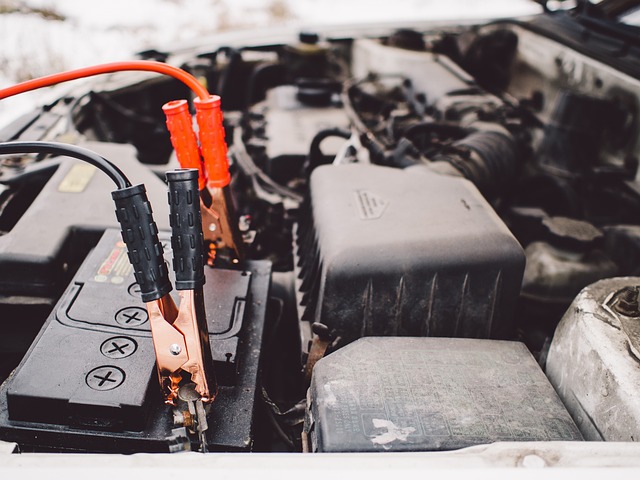
In the early days, car repair was a far more straightforward process compared to today’s advanced and specialized industry. Mechanics would tackle common issues with basic tools and their expertise, often relying on trial and error to diagnose problems. Repairs were typically focused on simple tasks like oil changes, tire replacements, or fixing mechanical failures. However, as cars became increasingly complex with the introduction of modern technology, a new challenge emerged: import car collision repair.
The advent of luxury imports like Mercedes-Benz and other foreign vehicles brought intricate designs and sophisticated electronic systems into the market. These cars demanded specialized knowledge for repairs, especially in the event of a collision. Car dent repair became more than just straightening out metal; it required precision to avoid damaging sensitive components. Auto collision repair evolved to incorporate advanced techniques such as computer-aided design (CAD) and laser technology to ensure accurate alignments and restore these intricate vehicles to their pre-accident condition, marking a significant shift in the industry’s landscape.
– The introduction of import car collision repair: a game-changer

The automotive industry has always been a dynamic field, evolving with technological advancements and changing consumer preferences. One significant game-changer that transformed the business landscape is the rise of import car collision repair. With an increasing number of vehicles from different countries being imported into various markets, specialized collision repair centers had to adapt and expand their services accordingly.
Import car collision repair brought a fresh perspective to the traditional vehicle restoration process. As more people sought to own unique, foreign-made cars, the demand for skilled technicians capable of handling complex repairs grew. This led to advancements in training programs and the development of specialized tools tailored to import vehicles, ensuring that collision repair centers could offer high-quality services for these prized possessions. The market now thrives with dedicated facilities offering bumper repair and other critical services, revolutionizing how we perceive post-collision vehicle restoration.
The evolution of import car collision repair has undeniably reshaped the automotive industry, offering innovative solutions and setting new standards. This specialized field has not only addressed the growing demand for diverse vehicle repairs but has also fostered a culture of efficiency and precision. As we look to the future, the impact of import car collision repair will continue to be felt, ensuring that businesses stay agile and adapt to meet the ever-changing demands of the market.
